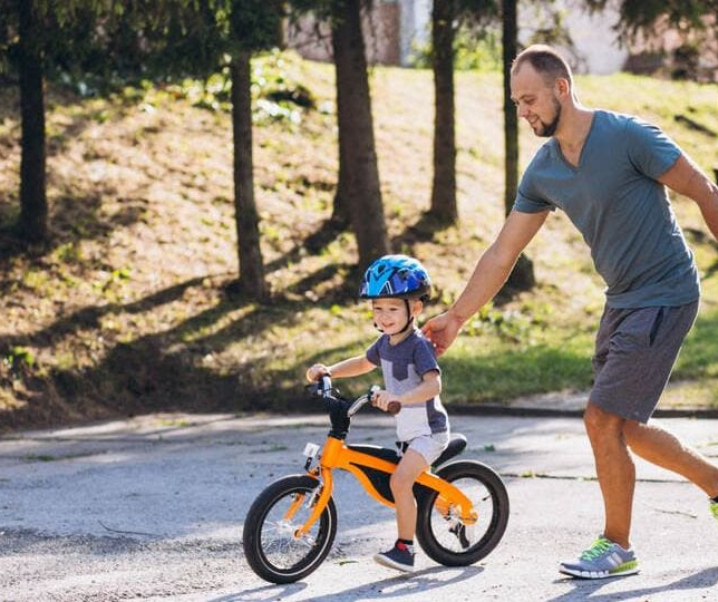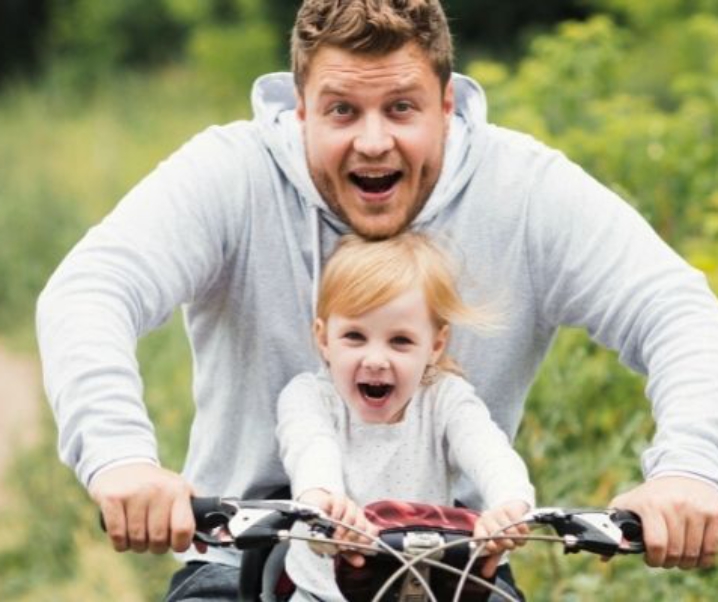Imagine this: You’re standing still on a sidewalk while the world rushes past you—people scrolling through phones without looking up, cars speeding, conversations chopped into sound bites, meals eaten in seconds, emotions minimized to emojis. Now picture this—you’re sipping tea, window open, a warm breeze rolling in, a book on your lap, and nowhere urgent to be. The first version is what we’ve come to accept as normal. The second? That’s slow living—and for many, it feels like a distant fantasy.
We are conditioned to equate “doing more” with “being more.” More productive, more successful, more admired. But somewhere along the way, we traded in our peace for pressure, our presence for performance. We wear our exhaustion like armor and call it ambition. Yet deep down, many of us crave a different rhythm—a life that feels less like a race and more like a song. One with pauses. One we can actually enjoy.
Slow living isn’t about stopping. It’s about choosing—choosing to engage with life in a way that’s meaningful, present, and aligned with who we are rather than who we think we need to be. In a culture obsessed with speed, slow living is a quiet rebellion. And, quite possibly, the gateway to real happiness.
Doing less isn’t about falling behind. It’s about finally catching up… with yourself.
– Yogita Ajgaonkar, Founder-TIWIW

The Pace of the Problem
The modern world glorifies the grind. From the moment we wake up to the moment our heads hit the pillow, there’s pressure to optimize, to monetize, to maximize every second. We’ve been taught that idle time is wasted time. That rest is laziness. That unless our calendars are packed and our plates are overflowing, we’re somehow falling behind.
But here’s the truth no one likes to say out loud: fast doesn’t always mean better. In fact, in our quest to do more, we often end up living less. We forget what our food tastes like because we eat it while replying to emails. We nod during conversations we barely hear. We scroll endlessly, not for connection, but for distraction. And somewhere between all the multitasking, we lose connection—with others, with ourselves, and with the present moment.
What Is Slow Living, Really?
Slow living is not just about walking slowly or sipping herbal tea in the countryside (although that does sound lovely). It’s a mindset. A way of approaching life with intention rather than impulse.
It means:
- Being present in everyday moments—really tasting your coffee, listening when someone speaks, watching the sunset without needing to post it.
- Letting go of the need to always be busy or constantly achieving.
- Making space—physically, mentally, emotionally—for what matters most.
- Choosing sustainability over speed, depth over convenience, and joy over obligation.
The beauty of slow living is that it doesn’t ask you to quit your job or move to the woods. It simply invites you to be awake to your life.

Why Doing Less Can Make You Happier
You might wonder: How can less possibly lead to more happiness? Here’s how:
1. You Reconnect With Yourself
When you slow down, you start to hear your own thoughts again. You realize what you truly enjoy—not what trends dictate. Whether it’s painting, walking barefoot in the grass, or journaling under moonlight, you rediscover joy in simple, soul-filling things.
2. You Live In The Present
Anxiety lives in the future. Regret lives in the past. But happiness? It only lives in the present. Slow living grounds you here. It teaches you to savor life as it unfolds instead of always waiting for the “next big thing.”
3. You Strengthen Relationships
When we’re not rushing, we’re able to truly see people. Conversations become deeper. Moments more meaningful. You remember birthdays, ask follow-up questions, and show up not just physically—but emotionally.
4. You Reduce Overwhelm and Burnout
Slowing down isn’t laziness; it’s emotional hygiene. It’s stepping away before your mind hits a wall. It’s choosing one task done well over ten tasks half-heartedly. It’s permission to breathe.
5. You Make Room for Gratitude and Joy
Gratitude doesn’t grow in a rushed life. But when you live slowly, you begin to notice all the tiny miracles—the smell of rain, a smile from a stranger, your favorite song playing at the right moment. These aren’t distractions. These are life.

How to Start Living Slowly (Even in a Busy World)
Slow living is not a switch—it’s a shift. Here are small, practical steps to help you begin:
✧ Start with your mornings
Wake up 10 minutes earlier. Stretch. Sit in silence. Write down how you want to feel that day—not just what you need to do.
✧ Curate, don’t cram
Don’t overschedule your day. Choose a few meaningful tasks and do them with focus. Say no more often. Busyness is not a badge.
✧ Practice single-tasking
Multitasking is a myth. Give your full attention to one thing at a time—whether that’s making tea, reading, or speaking to a loved one.
✧ Take tech breaks
Put your phone down during meals. Turn off notifications during creative work. Protect your peace like it’s precious—because it is.
✧ Savor slowness
Walk without headphones. Eat without screens. Pause between activities. Breathe. Be.
Living slowly doesn’t mean you’re falling behind. It means you’re choosing your own pace. It means you’re strong enough to resist the pressure to perform 24/7. It means your worth isn’t measured by how fast you climb—but by how deeply you live. And maybe, just maybe, the ultimate success isn’t doing everything. It’s doing less, with love, with joy, and with full presence.
So next time life shouts “hurry up,” whisper back: “I’m already where I need to be.” And take the scenic route—you might just find yourself along the way.



















What do you think?